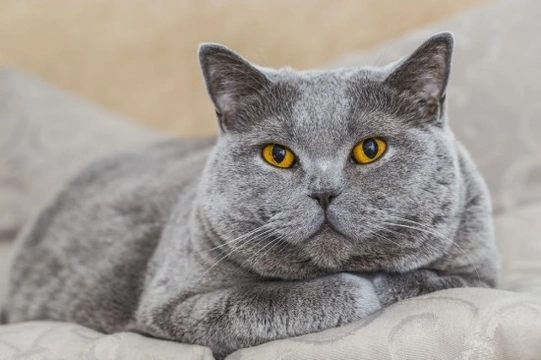
Ten really interesting facts about cats
The domestic cat or “Felis catus” vies with the dog for the title of “most popular pet in the UK” and cats are most definitely popular for a reason! Cats are enthralling for their contradictions as much as for anything else; loving, affectionate and cuddly, in between bouts of hunting and terrorising small rodents! Cats are incredibly graceful and elegant, and yet often amuse their owners by lazing about the house in any number of weird and wonderful poses that look to the human observer to be highly uncomfortable and awkward!
Owning a cat (or rather, being owned by a cat)! really can give their human carer the best of both worlds in their pet; an independent companion that is not particularly needy, but still bonds strongly with their human family and can be very affectionate and friendly. If you own a cat, are considering getting one or simply find these beautiful creatures fascinating, like many of us, you may enjoy learning more about cats and testing the depth of your knowledge. We have searched far and wide to bring you ten of the most interesting facts about the domestic cat... Read on to learn more!
- Cats love to sleep! This will come as no surprise to the cat owner, but how much time do you think cats actually spend each day in the land of nod? The answer varies from cat to cat, and can increase with age, but generally totals anything between twelve hours and fifteen, or in some cases even longer!
- Cats are often considered to be nocturnal or semi-nocturnal, meaning that they are most active at night, but this is not strictly accurate. Cats may got out at night more than during the daytime as the areas in which they live will tend to be less populated with people, dogs and other activity during the wee hours; but technically, cats are crepuscular, which means that their activity levels are at their peak at dawn and dusk.
- Cats were worshipped by the ancient Egyptians, a trend that most modern cats are rather displeased to have seen fade! Killing a cat, even accidentally, incurred the death penalty in ancient Egypt. The owner of a cat that had died would usually shave their eyebrows off. Cats were often mummified after death by rich owners, and many examples of mummified cats have been found alongside of human mummies in the pyramids of Egypt!
- The most popular purebred cat kept in the UK is the Persian, with the Siamese cat coming in a close second. Moggies and mixed breed cats are of course the most popular and common cats in the UK overall, and moggies tend to be more robust than purebred cats of any breed, often living longer and having fewer health problems than their pedigree counterparts.
- Cats are considered to favour a right or left front paw, just as humans are usually left or right handed. Around 90% of female cats are thought to be right-pawed, while a slightly higher proportion of males are left-pawed. This mirrors the human statistics for “handedness,” with males slightly more likely to be left handed than females.
- The structure and mapping of the brain of the cats is much more similar to that of people than to that of dogs. The area of the brain that is responsible for memory, emotion and affection is identical in both cats and people. Well, they do say that great minds think alike!
- Cats do not have the ability to taste sweet foods, unlike their canine counterparts. The cat’s sense of taste is not particularly highly developed, especially when compared to their sense of smell. If your cat’s food is served too cold (such as tinned food that has been kept in the fridge) your cat may well be disinterested in it, as it will not be giving off an enticing smell! Try warming their meals to just above lukewarm to entice a fussy feline to eat.
- The rather inappropriately named Pope Innocent VIII condemned all cats to death during the time of the Spanish inquisition, claiming that they were in league with the devil. Ironically, cats had their revenge on humans for this travesty, and then some; the large-scale culling of the cat population led to a massive increase in the black rat population, which in turn contributed to the wide spread of the Black Death plague.
- Most people know that a dog has been in space, but did you know that a cat has too? French cat “Felicette” (later nicknamed “Astrocat”) was sent into outer space in 1963, with electrodes attached to her brain to send signals back to earth. Possibly surprisingly, Felicette survived the trip and return to earth.
- Scientists believe that in the wild, cats can theoretically survive without ever drinking water. Cats tend to drink a very small amount of water relative to their bodyweight anyway, and cats in the wild that hunt and consume only uncooked raw meat are thought to be able to fill all or most of their water requirements from the moisture levels in their food. The domestic cats that we are familiar with are thought to have originated in the deserts, and their bodies have evolved in such a way as to avoid wasting water. This includes passing very dry stools, having highly concentrated urine, not sweating, and being able to maintain a comfortable body temperature at levels that would make the average dog or person very uncomfortable!



